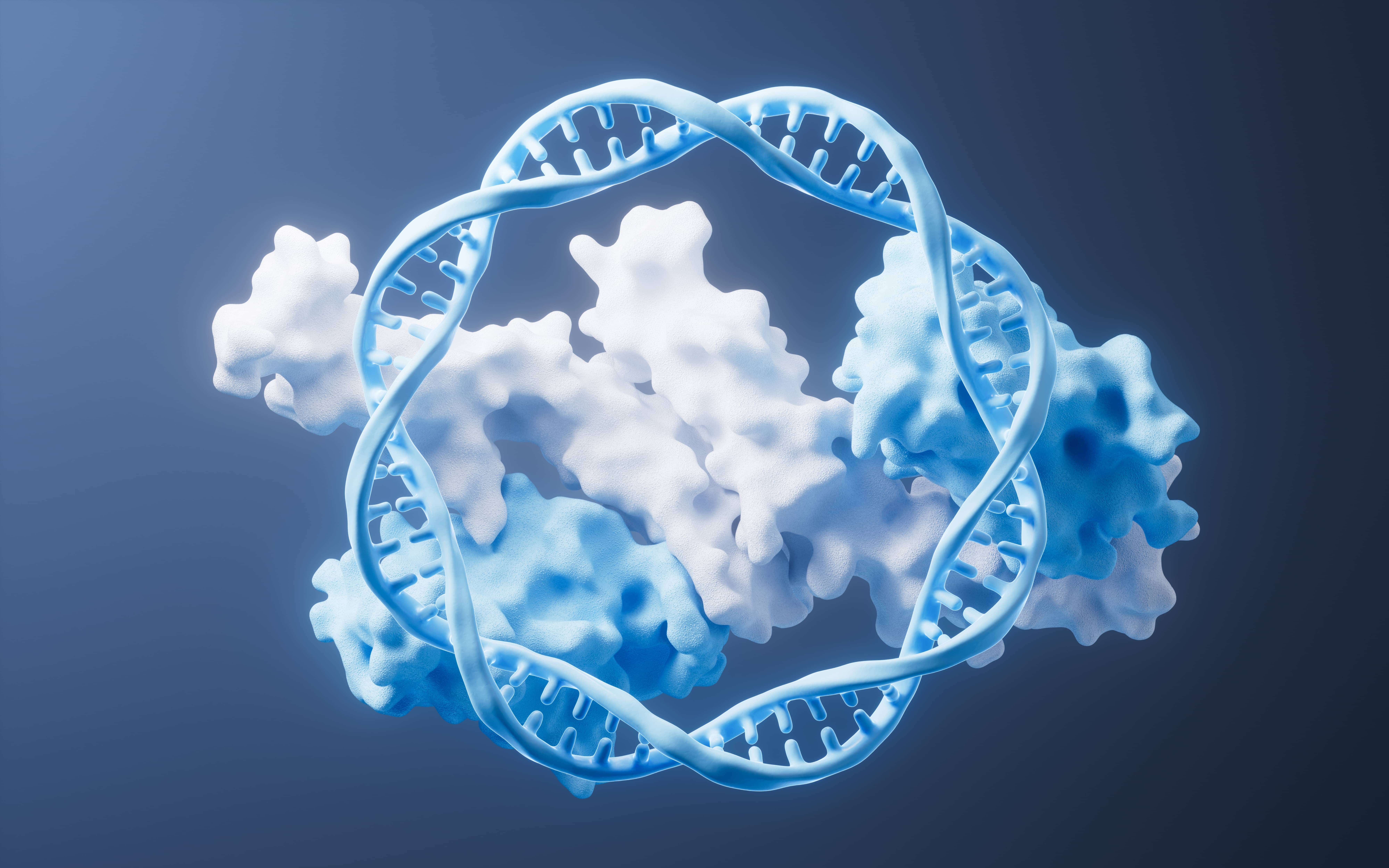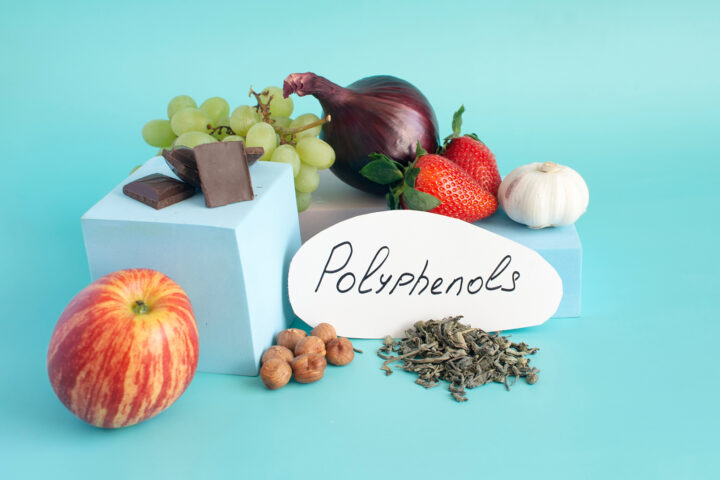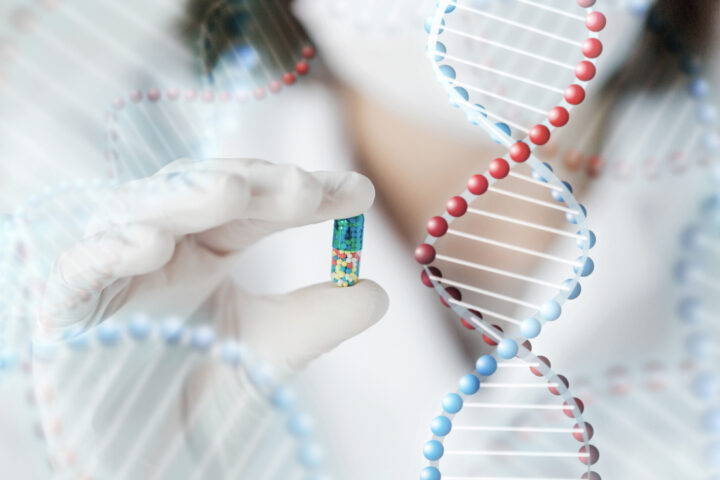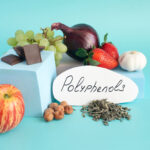Meet DdrC, The DNA Damage Repair Superstar
In the quest to combat aging and extend healthspan, one of the most critical battles is against DNA damage. Our cells are constantly bombarded by factors like radiation, chemicals, and even natural cellular processes that can break DNA strands. Enter DdrC, a recently discovered protein that could become a game-changer in this battle. DdrC, short for DNA Damage Repair Protein C, was first identified in the bacterium Deinococcus radiodurans, a microorganism famous for its extraordinary ability to survive extreme DNA damage, such as radiation levels thousands of times higher than what would kill a human cell(WorldHealth.net).
What is DdrC, and Why Is It So Special?
DdrC stands out because of its unique, almost superhero-like ability to repair DNA. Normally, cells rely on complex networks of proteins to fix broken DNA. However, DdrC works like a solo artist, scanning DNA strands, finding breaks, and snapping shut like a trap to neutralize damage before it can worsen. It acts as both a repair tool and a beacon, alerting the cell to the damage and calling in other cellular machinery for further repairs(WorldHealth.net).
In laboratory tests, researchers discovered that DdrC not only helps Deinococcus radiodurans survive DNA damage but also significantly improves the resistance of other organisms when introduced. For instance, when added to E. coli bacteria, DdrC increased resistance to UV radiation by over 40 times, showcasing its potential as a plug-and-play enhancer of DNA repair in other species, including humans(WorldHealth.net).
Aging, Cancer, and Beyond
The implications of DdrC for human health are profound. In human cells, DNA damage accumulates with age, leading to cellular senescence, cancer, and various age-related diseases. Current DNA repair mechanisms can only do so much—when more than a couple of breaks occur in a cell’s billion base pair genome, the cell often cannot fix itself and dies. However, DdrC’s capability to repair hundreds of breaks could significantly bolster the DNA repair processes in human cells, potentially delaying the onset of age-related diseases and improving longevity(WorldHealth.net).
Moreover, researchers are exploring DdrC’s potential as a foundational element for new cancer treatments. The protein’s ability to autonomously repair DNA damage without needing additional cellular machinery could make it the basis for novel cancer vaccines or therapies that specifically target and repair damaged DNA in cancer cells, preventing their uncontrolled growth(WorldHealth.net)(Good News Network).
The Next Frontier in Biotechnology
The discovery of DdrC opens up a new frontier in biotechnology, with possibilities ranging from enhancing crop resilience to radiation in agriculture to the development of therapies for premature aging conditions like progeria. Researchers are just beginning to scratch the surface of how DdrC and similar proteins can be harnessed for human benefit. As lead researcher Robert Szabla put it, “The ability to rearrange and edit DNA in specific ways is the holy grail in biotechnology”(WorldHealth.net)(Western News).
Looking forward, the ongoing exploration of Deinococcus radiodurans and its arsenal of DNA repair tools could unveil even more groundbreaking proteins. The future of longevity and cancer treatment may very well rest on unlocking the secrets of these extraordinary microbial survivors.
The Promise of DdrC in Aging and Beyond
DdrC represents a significant leap forward in our understanding of DNA repair. Its unique abilities not only challenge the limits of what’s possible in biotechnology but also offer a glimpse into a future where aging and cancer are no longer inevitable parts of life. While further research is needed to fully understand how to harness this protein in human applications, DdrC stands as a beacon of hope in the rapidly evolving field of longevity science.
For those interested in the detailed mechanics of this incredible protein, the research continues to evolve, promising to bring even more exciting developments in the near future. As scientists push the boundaries of what’s possible, DdrC might just be the key to unlocking healthier, longer lives for us all.
Sources:
- Western University, “Newly Discovered Protein Reported To Stop DNA Damage” WorldHealth.net
- University of Toronto, “Researchers uncover DNA repair mechanism that could yield treatments for cancer, premature aging” UofT News
- Western News, “Western researchers discover protein to stop DNA damage” WesternU.ca












